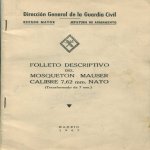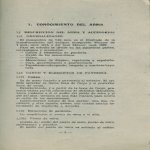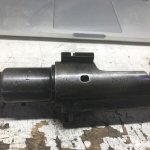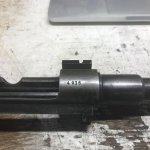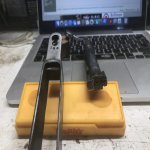"what is the difference" - each cartridge will have a peak pressure rating - are different one to the other - entities like SAAMI in North America, and C.I.P set those pressure levels for ammo makers and for rifle makers to follow - SAAMI is a "voluntary" standard - sort of like a suggestion, whereas CIP standard in countries that adopt them - like Germany, are law, there. Many older cartridges - like 30-06, 6.5x55 - were in use long before those organizations existed, so original pressure levels likely developed by the militaries that used them. As I posted earlier, is a legal requirement in many European countries that a rifle be "proofed" at a government proof house - they will use one or two "overloads" - often 125% of normal rated pressure for that round - with no measurable permanent deformation allowed - to "prove" the rifle will last a life-time of normal service pressure - is required for every single firearm sold to a consumer in Europe - not a requirement in Canada or USA - we can screw any barrel on to any receiver, swap out to any random bolt that fits, ream out chamber to anything and sell it - often can call it "custom" - for whatever reason, "proofing" is not a requirement here, like it is in Europe. So Swede rifles initially made by Mauser in Germany, then made mostly by Carl Gustaf Arsenal in Sweden - during later part of 20th century, a commericial company named "Husqvarna" was also making hunting rifles, and for a time had military contracts with Swede military - all those rifles alleged to be made from steel from Swedish ore - which had some characteristics that were important at the time. All of those Swede rifles were proofed in Sweden, even though Sweden has not adopted CIP standards - they have their own standards, though - very similar, I am told.
I notice that you referred to 8mm Mauser - that is a name that SAAMI created - and set very low peak pressure limits - is most commonly sold in North America. European loading are much hotter - in the order of 200 fps faster or more for most bullet weights - but they distinguish between the 8x57I (or "J") and the 8x57IS (or "JS) - two different bullet diameters - first (older one) uses .318" bullets, second one uses .323" bullets. SAAMI's thinking, apparently, was that by creating a mild loading, and calling it 8mm Mauser, with .323" bullets, could be fired in a .318" groove barrel and not have the rifle blow up in the user's face.
So a STIGA or Husqvarna that is chambered in 30-06, 8x57JS, 9.3x57, etc. have all been "proofed" by the maker or the government, before they were sold to consumers. A big question for me is that I do not know whether the Spanish conversions of their M93 and M1916 were proofed or not - I do not know how the proofing was done, or by whom, or what marks to look for to show it was done. I do know from Britain examples, that a rifle suitable and acceptable for use in their military, still had to be "proofed" before it could be sold, as "surplus", to a civilian - maybe different standards, depending on intended use??
And some of it gets curious. I have a number of Swede m96 and m38 - they all will "fail" a headspace check with SAAMI headspace gauges - they will close on a SAAMI FIELD gauge. It turns out the gauges used by Sweden arsenal are longer than the dimension that USA SAAMI set - I do not know why they did that - 1960's apparently had much gunsmith work done in USA to "fix" the headspace on brand-new-from-Gustaf armoury rifles that Sweden sold off as surplus. I suppose there is merit in having one's chamber to same size as the commercial ammo to be used, but is still a bit of head scratcher to me why USA SAAMI would set different dimensions for 6.5x55 instead of using the same as Sweden was using for 30 odd years before SAAMI existed.























































